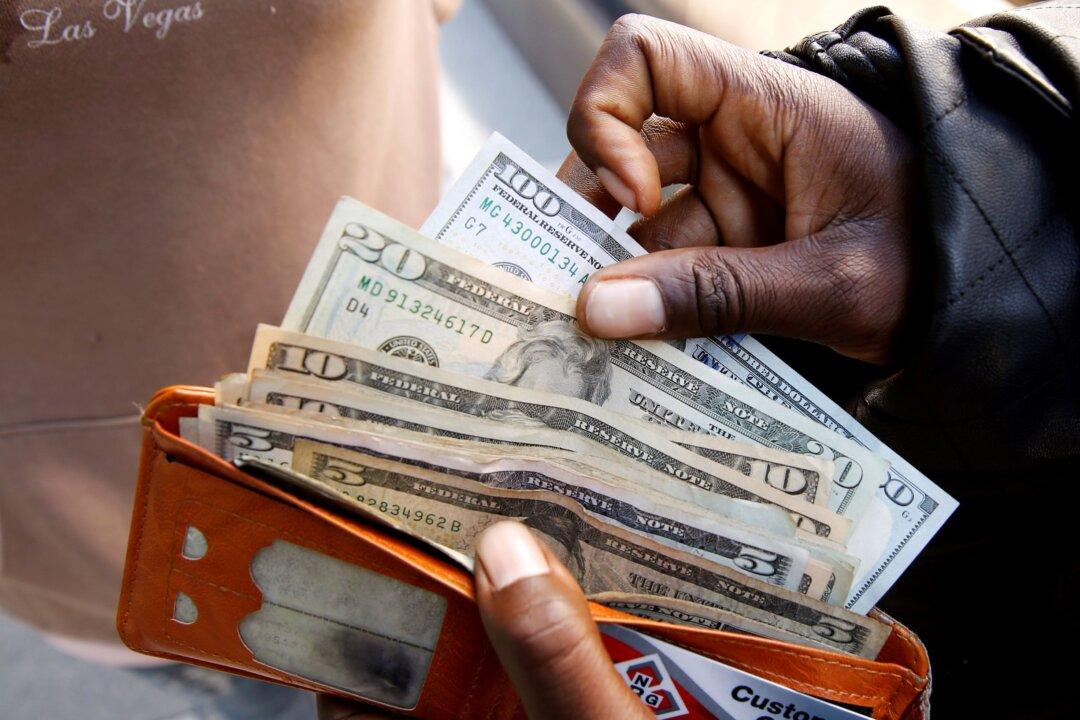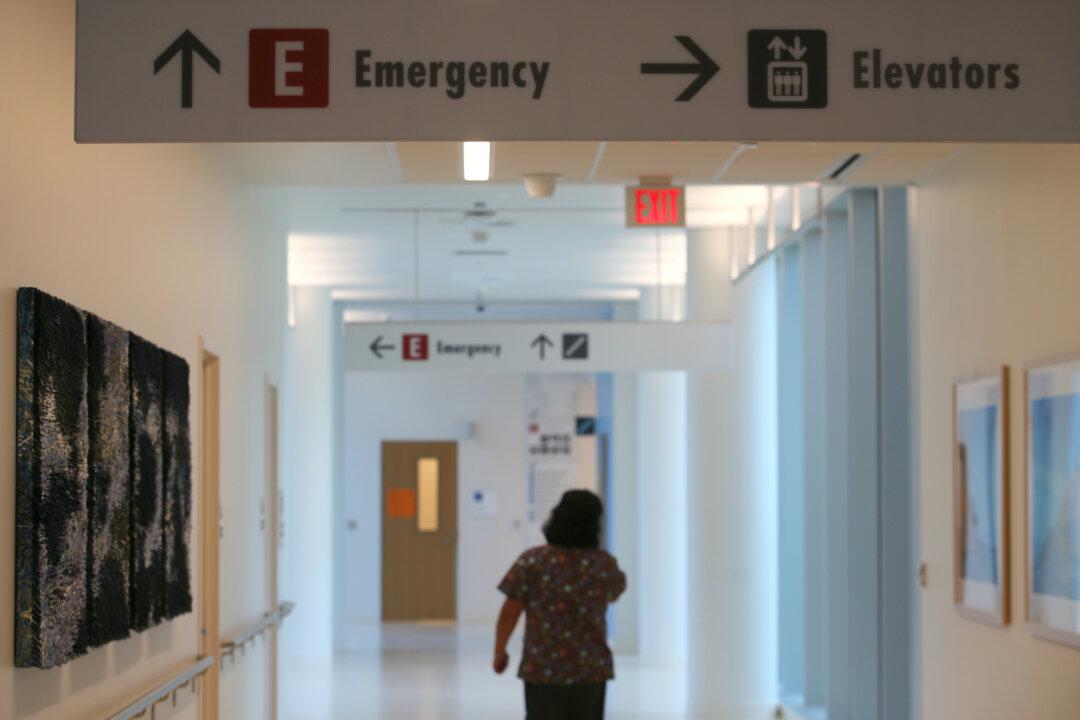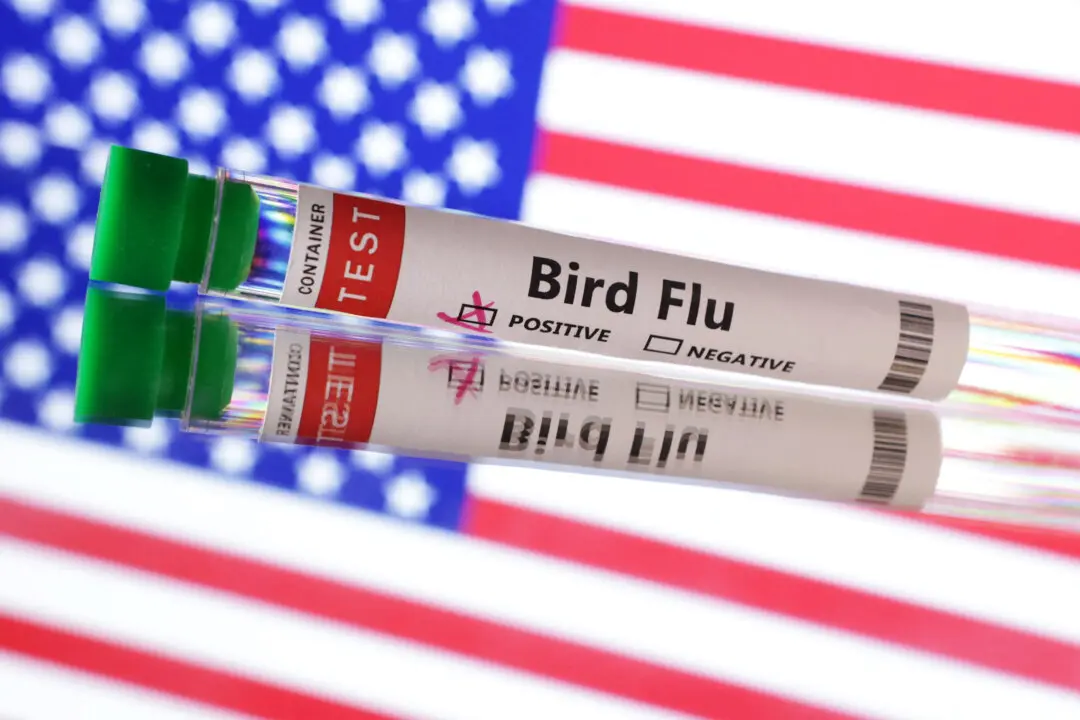LONDON—The dollar strengthened on Thursday, after the Federal Reserve signalled U.S. interest rates will likely peak at a higher rate than markets had expected, while the pound fell after the Bank of England raised rates but warned of a “very challenging outlook.”
The BoE lifted UK interest rates to 3 percent from 2.25 percent in its largest single increase since 1989 as it battles the twin forces of a slowing economy and red-hot inflation.





